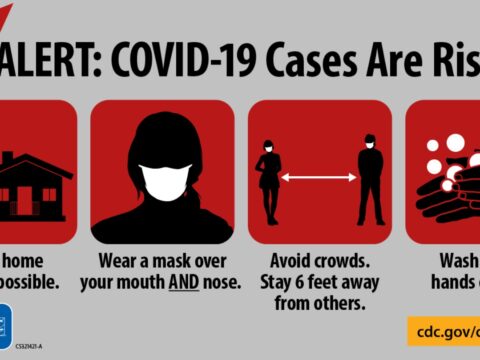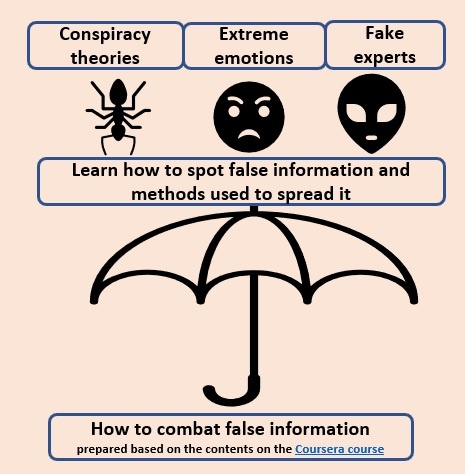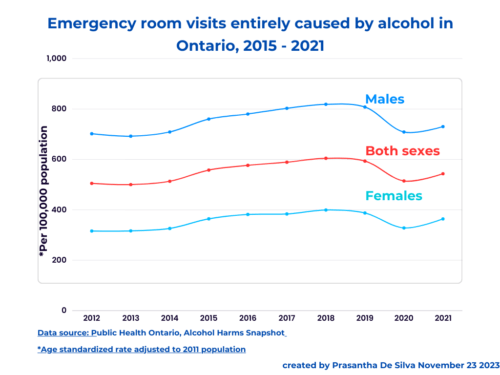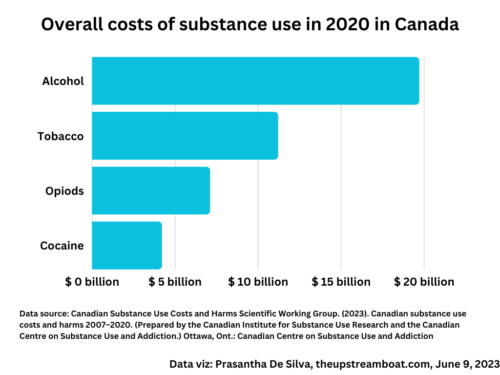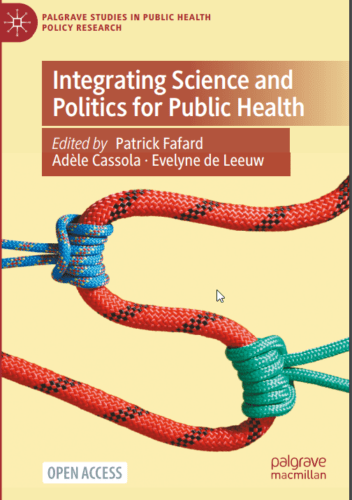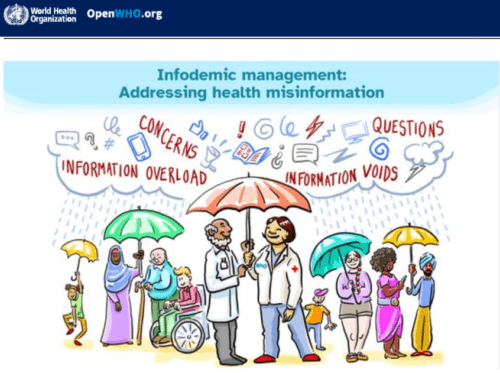Welcome to the world of effective communication for promoting public health and safety!
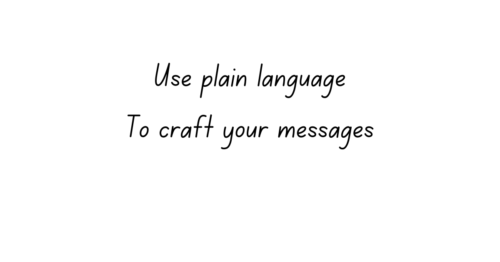
In this blog post, we will explore the power of using plain language for crafting public health messages.
By using simple and clear language in your messaging,
we can ensure that,
- Everyone understands our message regardless of their education or background.
Whether you’re a public health professional or an individual looking to make a positive impact in your community, let’s explore how to create compelling public health messages that inspire action!
Learn how to use plain language to craft effective public health messages with our helpful tips and strategies.
This post also gives you a series of useful resources and tools that you can easily adapt.
Why we must write public health messages in plain language?
Many have limited health literacy skills. In the US, half of US adults have limited literacy skills. The situation is much worse for health literacy skills.
It is estimated in the US, almost 9 out of 10 adults have limited health literacy skills.
However,
they describe themselves as reading well. By the way, the above finding is from “eye tracking” studies.
So,
those with limited literacy skills face a lot of challenges in understanding the message.
They,
- have a short working memory,
- read very slowly and try to read every word,
- read texts that look easy to read,
- get distracted by extra words,
- may skip some words and start reading in the middle or here and there.
- struggle “to decode” the meaning of some words and keep those in mind.
What is plain language?
The Agency for Healthcare Quality and Research (AHRQ) describes the plain language as follows;
The plain language,
- Uses,
- Grammatically correct, complete sentences,
- Consider the target audience’s reading and literacy levels,
- right words to convey information,
- Uses common, everyday words,
- Personal pronouns such as “you”,
- Positive words rather than negative words,
- “must” not “shall”,
- active voice, action verbs,
- present tense,
- Parallel construction,
- Be direct,
- design features such as bullets and tables.
- Organizes the content,
- Use an introduction and table of contents,
- Short sentences (15-20 words per sentence) and short paragraphs,
- One topic per paragraph,
- A lot of white space,
- Use headings,
- Use question and answer format also,
- Use tables (it makes complex things more understandable),
- Makes the content visually appealing.
There are several things we must avoid when writing plain language.
Those are as follows;
- Do not use,
- extra words,
- undefined technical terms,
- gender-specific words,
- Avoid long strings of nouns,
The plain writing act 2010:
The US owns a plain writing act introduced in 2010. President Obama signed this act. It aimed to improve citizens’ access to government information. In summary, the Act requires all agencies,
- Designate a senior official for “plain writing”,
- Explain the Act’s requirements to their staff,
- Establish a procedure,
- Train the staff for plain writing.
- Designate staff as a point of contact on its webpage,
- Publish a compliance report.
I like the first sentence of the 1993 Executive order: It says,
“American people deserve a regulatory system that works for them, not against them”.
As a result, all Federal agencies need to follow the plain language guidelines.
What are those?
They have a website named “plainlanguage.gov”. You can go to that website. However, I summarise it here because it helps us immensely to improve our message-framing work.
Plain language guidelines
Write for your audience
When we craft messages, we tend to think our messages are meant for the “general public”. This is incorrect. There is no one called the “general public”; they do not exist.
Define your target audience; then start crafting your message.
Address the user
The standard recommendation is to use pronouns such as “you”. And, state at the beginning who the target audience is, even when you are writing either a document or a blog post.
When to use “I”, “we”, or “us”?
When we use the question-and-answer format, we need to use those pronouns. Here, we assume the user is the one who is asking the question.
| Don’t say | Instead, say |
| Submission of applicants | How do I apply? |
For more information, read, plain language.gov/audience/addresstheuser.
Address different target audiences separately
Develop separate messages for separate audiences.
Organize the information
- State your purpose clearly and the bottom line,
- Write in a logical order,
- The most important information at the beginning,
- Background information at the end.
Make it easy to follow
- Write how and when to do something,
- Write what happens if they do not do
- For complex explanations, create a table.
- For a lengthy document, insert a table of contents at the beginning.
- Use chronological order to present processes.
- Put general information first, and specific information later.
- Limit levels to three or fewer.
- Use parallel construction.
You can find more guidance through this link: https://www.plainlanguage.gov/guidelines/organize/use-lists/.
And, read this post as well about “how little do users read? from the Neilson Norman Group. That is an excellent post.
Tools for you to use in crafting messages in plain language
link; https://www.ahrq.gov/health-literacy/research/tools/index.html
- Patient education materials assessment toolkit
- Health literacy improvements tools
- Patient engagement tools
- Plain writing act compliance report: This report gives comprehensive tools.
- plain language.gov.
- Health literacy online: This document gives a very comprehensive suggestion with practical examples.
- Health literacy
- clear communication index and how it was used in practice.
- Clear communication index site
- https://elifesciences.org/inside-elife/85518309/plain-language-summaries-how-to-write-an-elife-digest
Plain language assessing tools
There are several plain language assessment tools that can help writers evaluate the readability and comprehensibility of their written content.
Some commonly used plain language assessing tools are:
- Flesch-Kincaid Grade Level:
- This tool uses a formula to determine the reading level of a piece of text based on the average number of syllables per word and the average number of words per sentence.
- This calculator does the job for you if you paste your text there.
- Gunning Fog Index:
- This tool also calculates the reading level of a piece of text based on the average number of words per sentence and the percentage of polysyllabic words.
- Simple Measure of Gobbledygook (SMOG) Index:
- This tool uses the number of polysyllabic words in a sample of text to calculate the grade level at which the text is comprehensible.
- Fry Readability Graph:
- This tool assesses readability based on the number of sentences and syllables in a passage and provides a graph to help writers identify the reading level of their text.
- Readable.io:
- This online tool uses multiple readability algorithms, including the Flesch-Kincaid and Gunning Fog, to assess the readability of a piece of text.
- Hemingway Editor:
- This tool highlights complex sentences and provides suggestions for simpler alternatives, helping writers to improve the readability of their text.
These tools can be useful in assessing the readability of written content and ensuring that it is comprehensible to a broad audience.
However,
it is important to remember that no single tool is perfect and that a combination of tools and human evaluation is often the most effective way to ensure plain language in written communication.


